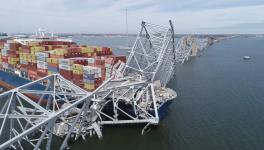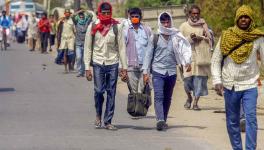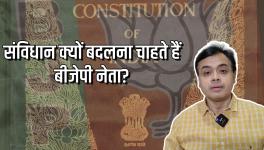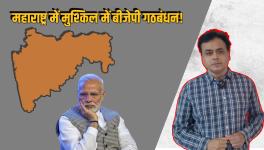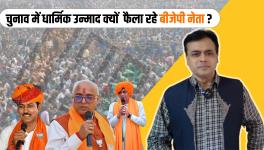Mass Unemployment Is a Failure of Capitalism
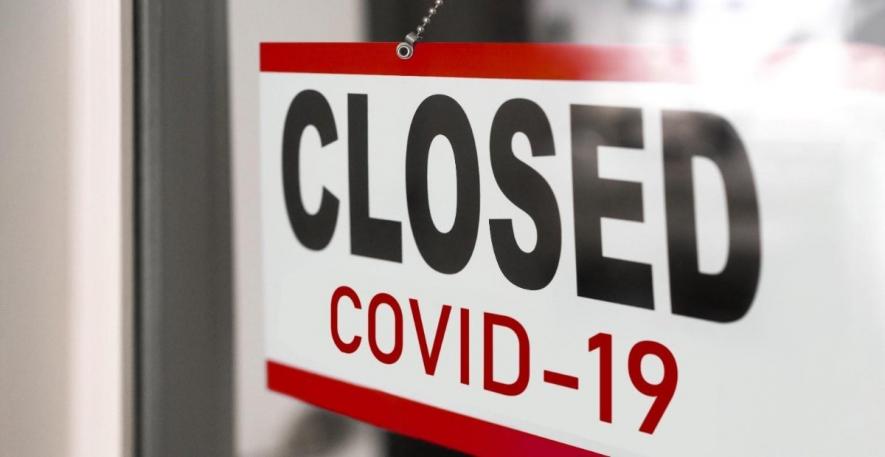
Representational image. | Image Courtesy: Linkedin
The difficulties caused to workers by record unemployment during the pandemic are a product of capitalism. Most of the time, employers decide to hire or fire workers depending on which choice maximizes employers’ profits. Profit, not the full employment of workers nor of means of production, is “the bottom line” of capitalism and thus of capitalists. That is how the system works. Capitalists are rewarded when their profits are high and punished when they are not. It’s nothing personal; it’s just business.
Unemployment is a choice mostly made by employers. In many cases of unemployment, employers had the option not to fire employees. They could have kept all employed but reduced their hours or days or else rotated off-work times among employees. Employers can choose to retain idled employees on payrolls and suffer losses they hope will be temporary.
However, unemployment is received almost everywhere and by almost all as a negative, unwanted experience. Workers want jobs. Employers want employees producing profitable output. Governments want the tax revenues that flow from employees and employers actively collaborating.
So why has the capitalist system periodically produced economic downturns wherever it has settled across the last three centuries? They have happened, on average, every four to seven years. The United States has had three crashes so far this century: “dot-com” in 2000; “sub-prime mortgage” in 2008; and now “coronavirus” in 2020. Thus the United States conforms to capitalism’s “norm.” Capitalists do not want unemployment, but they regularly generate it. It is a basic contradiction of their system.
There are good reasons why capitalism produces and reproduces unemployment over time. It draws benefits (as well as suffers losses) from doing so. Reproducing a “reserve army of the unemployed” enables periodic upsurges in capital investment to draw more employees without driving up wages. Rising wages—and thus falling profits—would accompany investment surges if all workers were already fully employed before such surges. Unemployment also disciplines the working class. The unemployed, often desperate to get jobs, give employers the opportunity to replace existing employees with unemployed candidates willing to work for less. Unemployment thus operates as a downward pressure on wages and salaries and thereby a boost for profits. In short, capitalism both wants and does not want unemployment; it expresses this tension by periodically adding to and drawing down a reserve army of the unemployed that it continually maintains.
That reserve army exposes a stark reality that no ideological gloss ever fully erases. While unemployment serves capitalism, it does not well serve society. That key difference is most glaringly in evidence when unemployment is very high, as it is today. Consider that today’s many unemployed millions continue much of their consumption while ceasing much of their production. While they continue to take their means of consumption from socially produced wealth, they no longer produce nor thereby add to social wealth as they did when employed.
Unemployment thus entails wealth redistribution. Part of the wealth produced by those who are still employed must be redistributed away from them and to the unemployed. Taxes accomplish that redistribution publicly. Employees and employers, labor and capital struggle over whose taxes will fund the consumption of the unemployed. Such redistribution struggles can be and often are bitter and socially divisive. In the private sphere of households, portions of the incomes and wealth of the employed likewise get redistributed to enable consumption by the unemployed: spouses share, as do parents and children, relatives, friends, and neighbors. Working classes always redistribute their incomes and wealth to cope with the unemployment capitalism so regularly imposes on them. Such redistributions typically cause or aggravate many tensions and conflicts within the working class.
Many public and private redistribution struggles could be avoided if, for example, public re-employment replaced private unemployment. If the state became the employer of last resort, those fired by private employers could immediately be rehired by the state to do socially useful work. Governments would stop paying unemployment benefits and instead pay wages to the re-employed, obtain in return real goods and services, and distribute them to the public. The 1930s New Deal did exactly that for millions fired by private employers. A similar alternative to private capitalist employment and unemployment (but not part of the New Deal) would be to organize the unemployed into worker co-op enterprises performing socially useful work on contract with the government.
This last alternative is the best because it could develop a new worker-co-op sector of the U.S. economy. That would provide the U.S. public with direct experience in comparing the capitalist with the worker-co-op sector in terms of working conditions, product quality and price, civic responsibility, etc. On that concrete, empirical basis, societies could offer people a real, democratic choice as to what mix of capitalist and worker-co-op sectors of the economy they prefer.
Richard D. Wolff is professor of economics emeritus at the University of Massachusetts, Amherst, and a visiting professor in the Graduate Program in International Affairs of the New School University, in New York.
This article was produced by Economy for All, a project of the Independent Media Institute.
Get the latest reports & analysis with people's perspective on Protests, movements & deep analytical videos, discussions of the current affairs in your Telegram app. Subscribe to NewsClick's Telegram channel & get Real-Time updates on stories, as they get published on our website.










